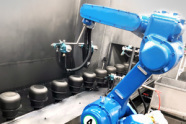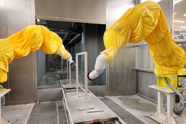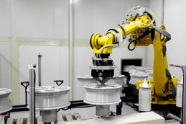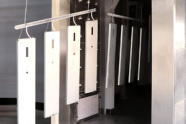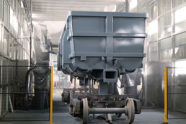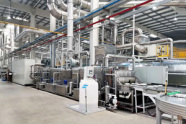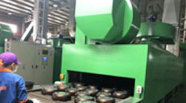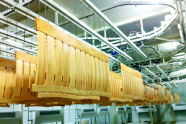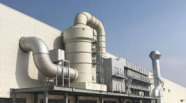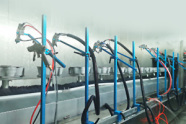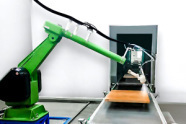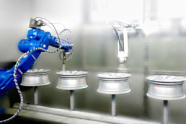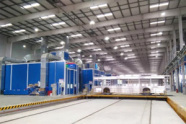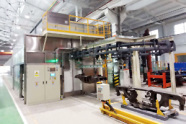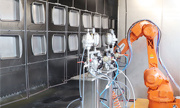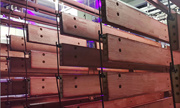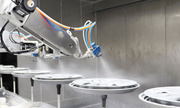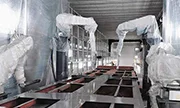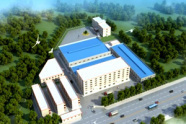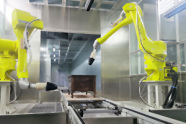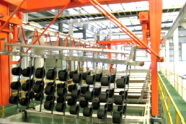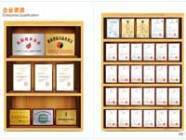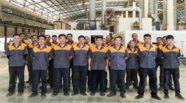Related News
02
2025
-
07
Wood Furniture Painting: How to Balance Between Efficiency and Surface Texture?
Author:
Chuangzhi Coating
In the wood furniture manufacturing industry, the finishing process is crucial. It not only serves as a vital step in protecting furniture from daily wear and tear and environmental erosion but also plays a significant role in showcasing the aesthetics and texture of the furniture. However, manufacturers have long faced the challenge of pursuing finishing efficiency while ensuring that the furniture surface exhibits satisfactory texture. This article will delve into this topic and explore how to strike a balance between efficiency and surface texture in wood furniture painting.
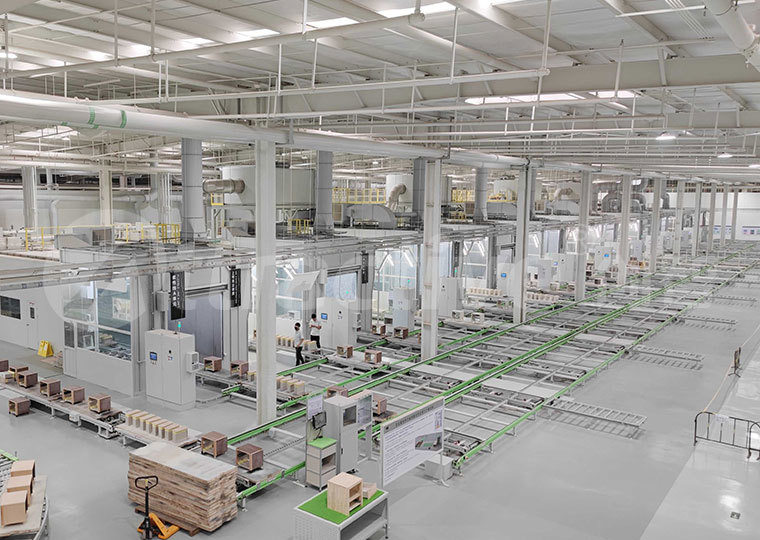
I. The Challenges and Opportunities of Finishing Efficiency
With intensifying market competition and consumers' increasingly diverse demands for furniture, coupled with shorter delivery time requirements, furniture manufacturers must continuously improve production efficiency and shorten production cycles. In the finishing process, traditional manual finishing methods have struggled to meet the demands of efficient production. Consequently, automated and intelligent finishing line equipment have emerged.
Automated finishing lines significantly enhance finishing efficiency through precise spray control, efficient assembly line operations, and intelligent management systems. However, the pursuit of efficiency often comes at the expense of surface texture. The challenge lies in ensuring that furniture surfaces exhibit a fine, uniform texture while maintaining coating speed.
II. Strategies for Balancing Efficiency and Texture
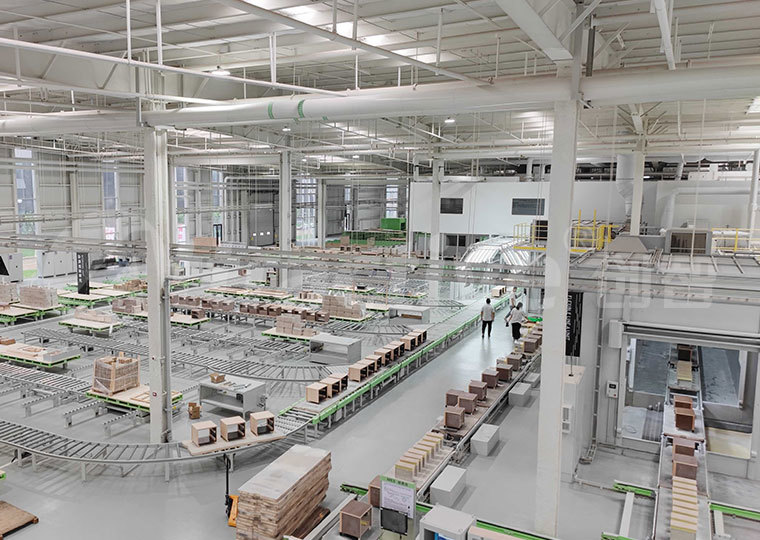
III. Case Study: The Performance of Finishing Line Equipment in Practical Applications
After introducing our automated finishing line equipment, a renowned furniture manufacturer significantly improved its production efficiency. By optimizing finishing processes and selecting high-quality coatings, the manufacturer ensured finishing efficiency while gaining widespread consumer recognition for the furniture's surface texture. Furthermore, our intelligent control system helped the manufacturer achieve precise monitoring and adjustment of the finishing process, further enhancing product quality and production efficiency.
Conclusion
Striking a balance between efficiency and surface texture in wood furniture finishing is a complex and arduous task. However, by selecting high-quality coatings, optimizing finishing processes, introducing advanced finishing equipment, and enhancing employee training and management, we can gradually approach this ideal state. As a specialist in finishing line equipment manufacturing, we will continue to focus on technological innovation and quality improvement, providing furniture manufacturers with more efficient and intelligent finishing solutions, and jointly driving the development of the wood furniture industry.
Previous

